
Case 1 (of 4): Increasingly disruptive behavior and possible deteriorating cognitive function in a young girl with a previous right hemispherectomy.

Case 1 (of 4): Increasingly disruptive behavior and possible deteriorating cognitive function in a young girl with a previous right hemispherectomy.

After failed drug interventions, surgeries, & alternative therapies, is there a point at which to stop additional treatments for intractable epilepsy?

Antiepileptic drugs, insomnia, and obstructive sleep apnea may all affect the already complicated relationship between epilepsy and sleep.

Leading epilepsy researchers speculated on trends in surgery & devices, imaging, medication, bioinformatics, and genetic discoveries.

To improve understanding, Lara Marcuse, MD called for a unified definition of seizure clusters during Epilepsy Therapies Symposium: Risky Business.
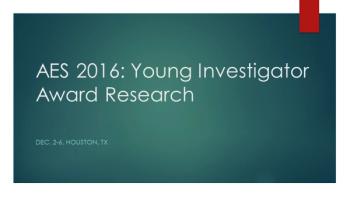
Award-winning basic, translational, or clinical epilepsy research covered cannabidiol treatment, outcome predictions, imaging studies, and more.

AES President Emeritus Dr. Elson So covered discussing SUDEP with your patients & their families and reviewed current and future research highlights.
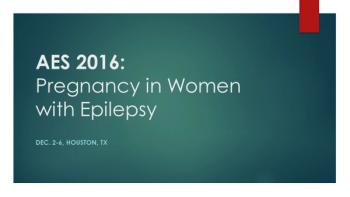
Careful planning and monitoring is important for women with epilepsy who become pregnant. Several studies from AES 2016 address pregnancy issues.

Up to 45% of stroke victims over the age of 60 will develop epilepsy. Researchers at AES 2016 presented risk factors of post-stroke epilepsy.
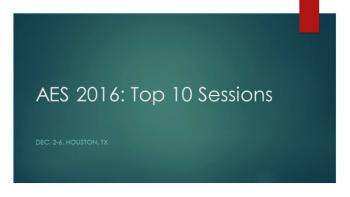
From surgical procedure selection to multiscale imaging to use of the latest drugs, we present a list of 10 not-to-be-missed sessions at AES 2016.

November news includes potential Alzheimer treatments, FDA approval of a device to prevent recurrent stroke, & a newly typified headache disorder.

Researchers evaluated cognitive and motor development, receptive language, and memory in 214 children who had experienced febrile status epilepticus.

Although tremendous advances in research and medical ethics have been made since the mid-20th century, questions continue.

Oct. news includes an approved deep brain stimulation system for movement disorders & biomarkers that improve risk assessment in atrial fibrillation.

To investigate an association between epilepsy and autoimmune disease, researchers reviewed 25 studies, covering patients of various ages.
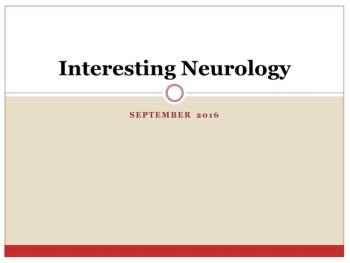
Our Sept. news includes a possible clinical marker and therapy target in Alzheimer disease and MS findings from an optical coherence tomography study.

Little evidence exists to guide drug choice in elderly patients with epilepsy. The KOMET study compared carbamazepine, levitiracetam, and valproate.

New research covers treating MS early, identifying those at risk for AED-induced psychosis, & selecting a drug for epilepsy patients with migraines.
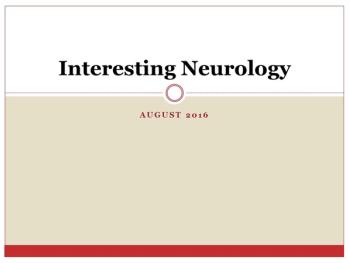
Our August news includes a potential classification system for Alzheimer disease, new findings in a 3D model of TBI, and migraine treatments.
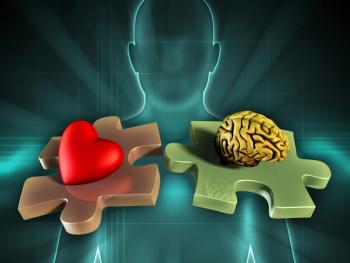
Cardiac arrhythmias associated with long QT syndrome could explain an association with seizures, but researchers looked at other mechanisms.

A study from South Korea suggests epilepsy may have a direct effect on certain autistic symptoms.

Our July news includes the Alzheimer-diabetes link, increased rates of Parkinson, and guidelines for acute migraine treatment in the ED.

In this Medical News Minute, Dr. Bobby Lazzara highlights possible birth defects resulting from women taking pregabalin during pregnancy.
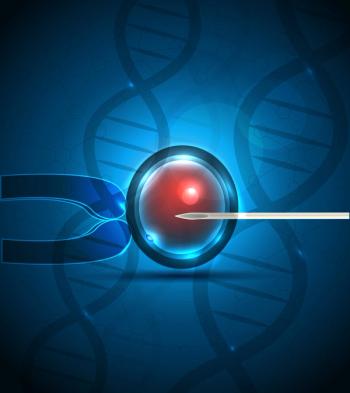
This study is the first to evaluate a possible link between parental infertility or fertility treatment and idiopathic generalized epilepsy.

Researchers used simulations to predict the outcomes of epilepsy patients with partial-onset seizures converting to Aptiom monotherapy (800 mg QD).